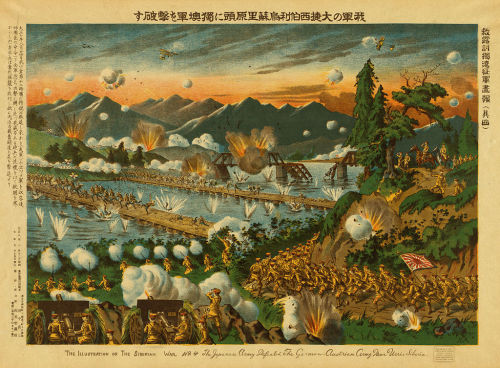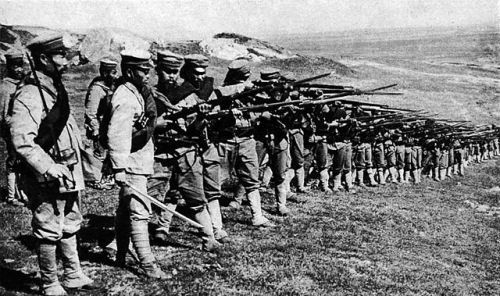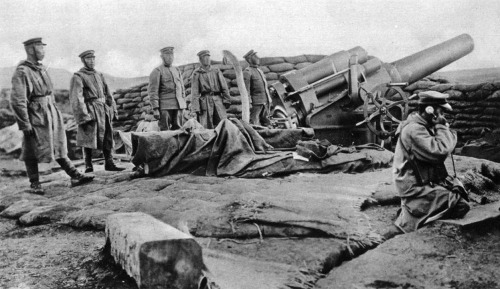Japan in World War I — The Siege of Tsingtao,While Japan is notorious among World War II histo
Japan in World War I — The Siege of Tsingtao,While Japan is notorious among World War II historians and buffs for being one of the Axis Powers, many don’t know that Japan was one of the Allied Powers during the earlier World War I. Unlike most European powers who joined the war either due to ethnic/nationalistic feelings or entangling political alliances, Japan joined the war against Germany for a very specific, practical reason. During the late 19th and early 20th century Germany had acquired numerous territories throughout Asia and the Pacific. Japan, which was quickly growing into an expansionist imperial power wanted those territories. Throughout much of the war Japanese naval forces clashed with the German military, overruning island outposts and colonies throughout the Pacfic which would form the foundation of Japan’s Pacific island empire. Such territories included Marianas, Caroline, and Marshall Islands as well as several port cities along the coast of China. One of the most important colonies for Germany in the Far East was the port of Tsingtao (now Qingdao), in Shandong Province, China, which served as the German military and commerical headquarters in the Far East and Pacific. On the 27th of August, 1914 the Japanese Navy blockaded the port, and on October 31st a force of 23,000 Japanese soldiers laid siege to the city. They were joined by a token British force numbering around 1,500 sent by the British government to keep tabs on what the Japanese were up to. The German garrison of the city numbered only 4,000, however the Germans had dug in, surrounding the city with two formidable defensive lines of trenches and bunkers. The Japanese commander, Gen. Kamio Mitsuomi, had heard of the incredible bloodshed which had occurred on the Western Front, and sought to use new tactics to avoid needless slaughter. Rather than conducting massive frontal assaults, he ordered surprise night attacks and raids against the German trenches. Equipped with 144 field and siege guns Mitsuomi also developed brilliant artillery tactics such as suppression fire and creeping artillery, something European forces would adopt a little later in the war. Finally his artillery fired random bursts all along the trenches 24/7, throughout the siege very few German soldiers got a good nights sleep.By November 6th the Japanese had taken most of Tsingtao’s strong points while the Germans were running dangerously short of food and ammunition. The next day the German’s surrendered, handing over the port three days later. During the siege, the Japanese had suffered 727 killed, most of which occurred when a Japanese warship struck a mine in the harbor. The Germans lost 200. Incredibly in the victory parade following the German surrender, the British demanded that they be the first to march into the city. Such an act was pretty offensive and arrogant considering that the Japanese had done most of the legwork of capturing the city. Unlike in World War II were the Japanese treated prisoners with extreme cruelty, the German POWS of World War I were treated exceptional generosity and kindness. Most were sent to the Bando prisoner of war camp, which had a reputation for being more like a vacation resort than a prison. Most of the 4,000 German POWs were returned to Germany in January of 1920, 63 of the prisoners chose to remain in Japan. -- source link
#history#wwi#tsingtao#japanese army#japanese history



